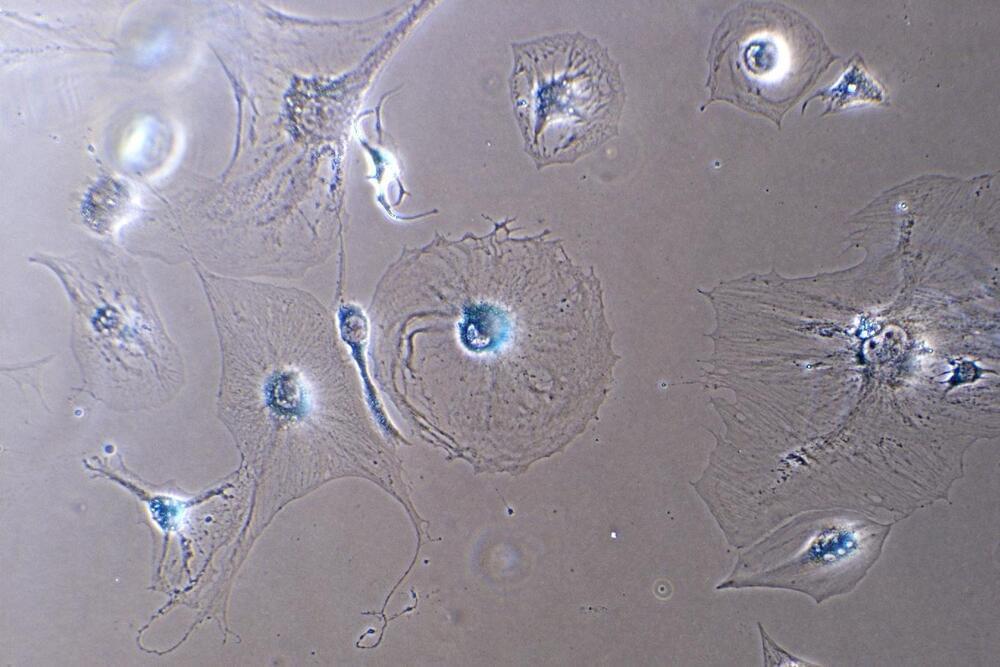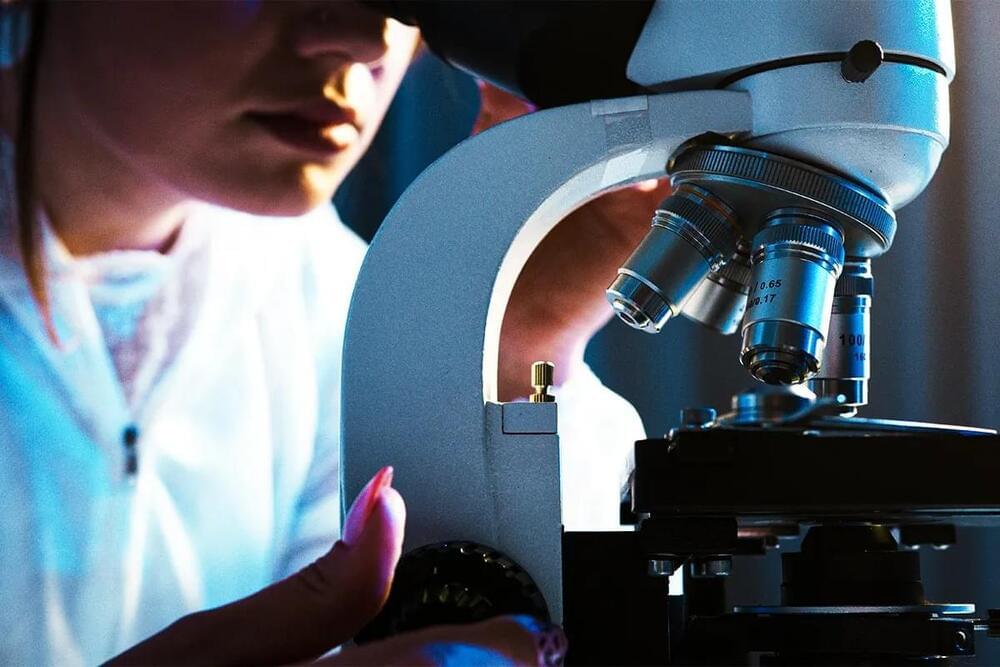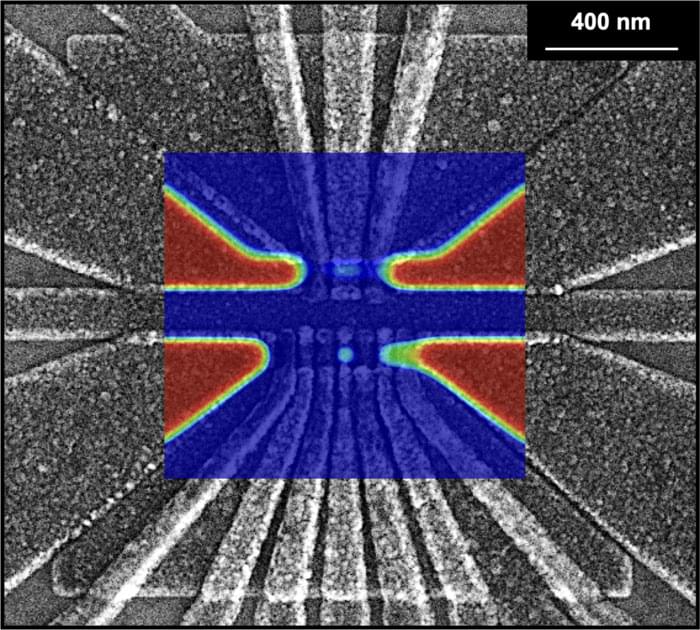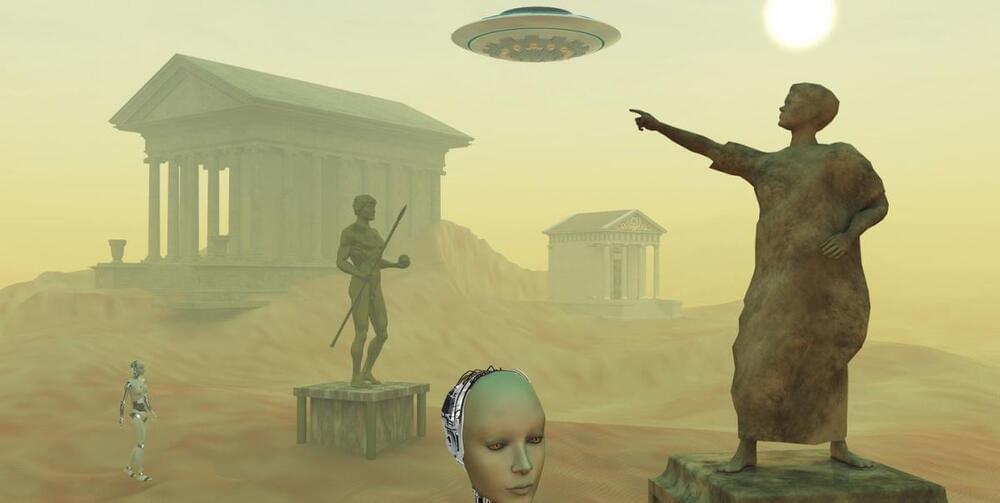Even had the same name.
https://tmp2.fandom.com/wiki/Modular_Unmanned_Orbital_Laboratory_-_MUOL
https://tmp2.fandom.com/wiki/Telerobotic_Outpost.
Originally
Developed as part of the Modular Unmanned Orbital Laboratory — MUOL program early in the Asgard phase, Inchworm telerobots are likely to become the most common form of workhorse utility robot throughout TMP. Deriving from the simple robotic arms employed by later generation space agency spacecraft and orbital outposts, employ a very simple architecture to the utmost in multi-purpose flexibility. An Inchworm is a simple robot consisting of a single mechanical arm equipped with at least three two-axis electric-powered joints; two at end-effector units and others at intervals in-between. Unlike simpler arm robots, the end-effector units at both ends of the Inchworm feature small stereo cameras, LED lights, and a modular quick-connect interface including bus interfaces for power and communication. The Inchworm needs no internal power supplies, relying entirely on power through its end-effector bus connectors and plug-in anchor point grid, though out would be able to carry independent power sources in mobile anchor units. These end effector units are intended to serve alternately as tool-heads and anchor points, thus allowing the robot to traverse a grid of anchor sockets by traveling end-over-end while simultaneously carrying a pallet of modular tools. In addition, sections of the Inchworm arms may optionally include telescoping linear actuators allowing them to expand or contract in length –though the use of this would often depend on load bearing capacities of such mechanisms. would also be able to link end-to-end to create composite robots of greater length, their joints optionally including a lock-pin system to rigidize them in a given position. Originally intended for simple remote control or teleoperation, would also be easily employed with fully automated control based on centralized computers, allowing them to be used in coordinated groups and task/production lines or to off-load certain amounts of their control to overcome limitations in manual communications latency. This would afford them increasing autonomous capability in proportion to this centralized and networked computer intelligence but still allow for direct manual control on demand.







